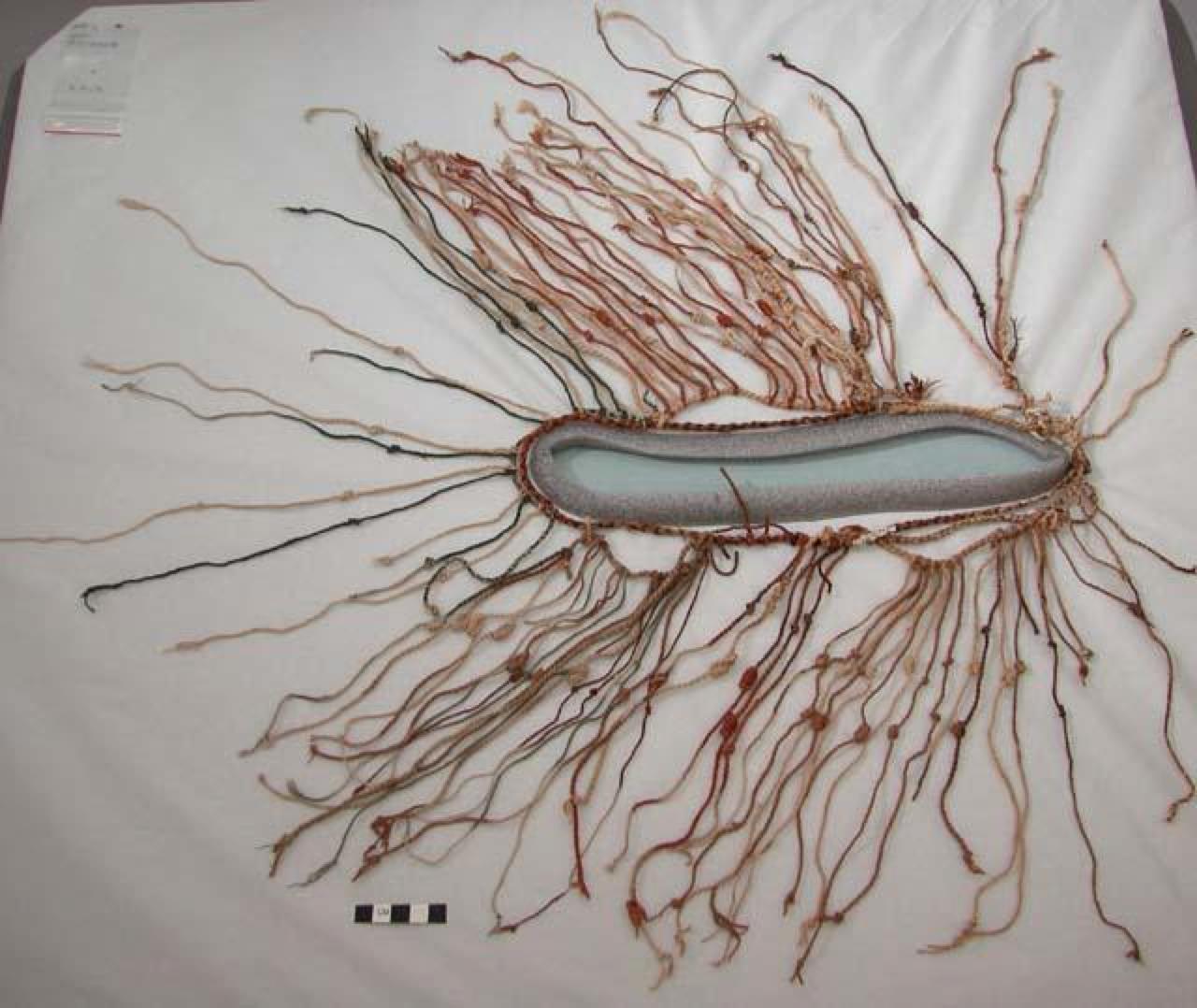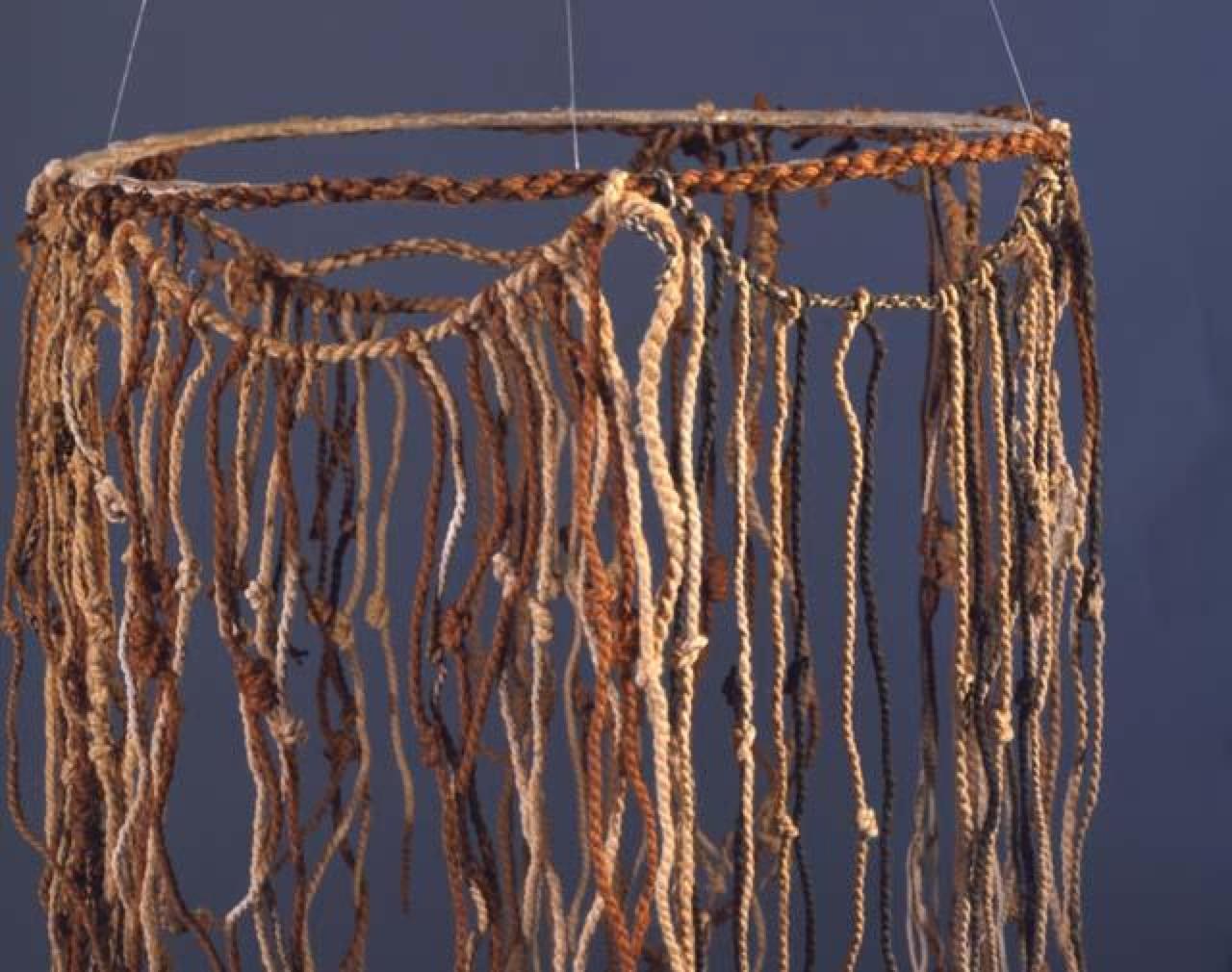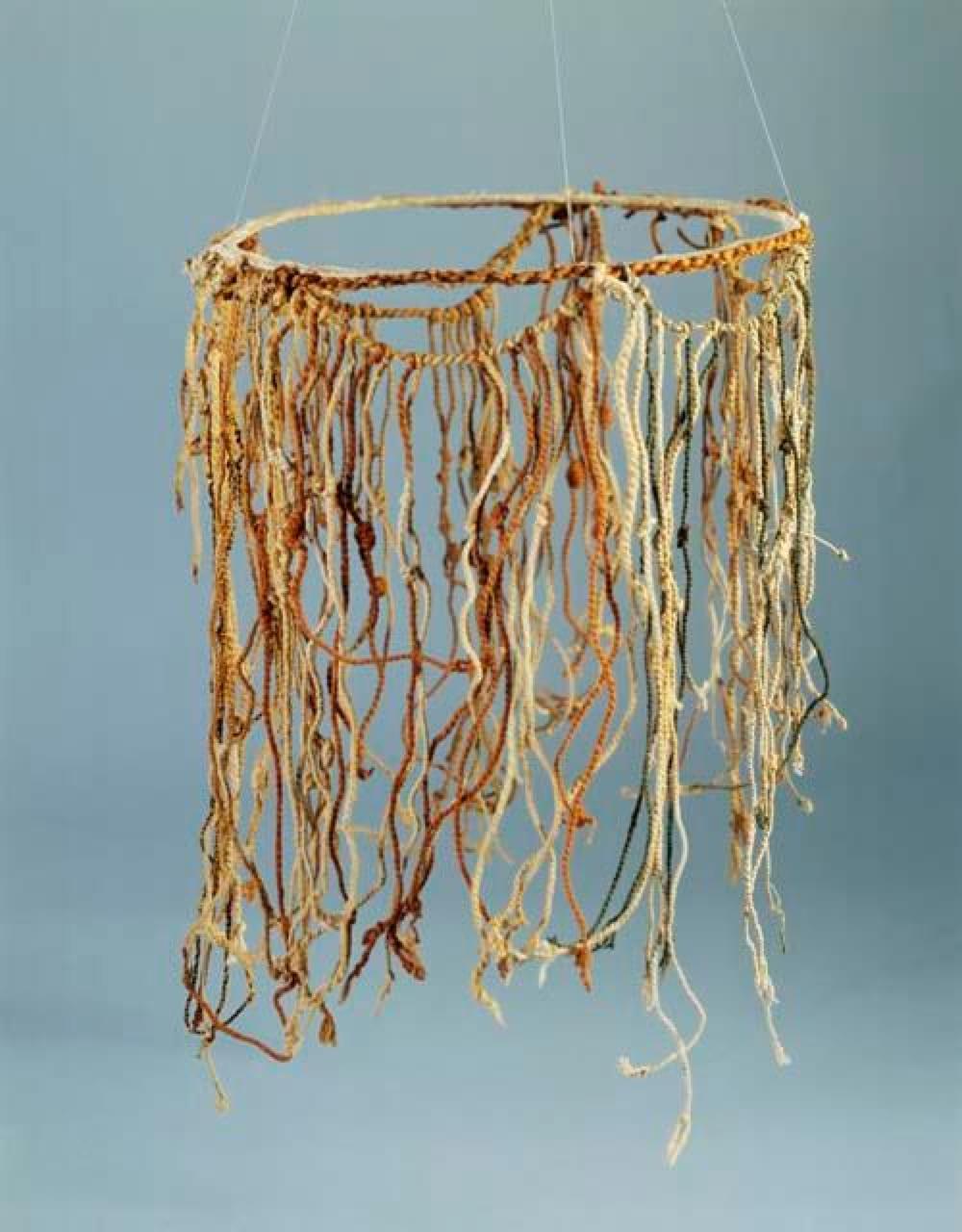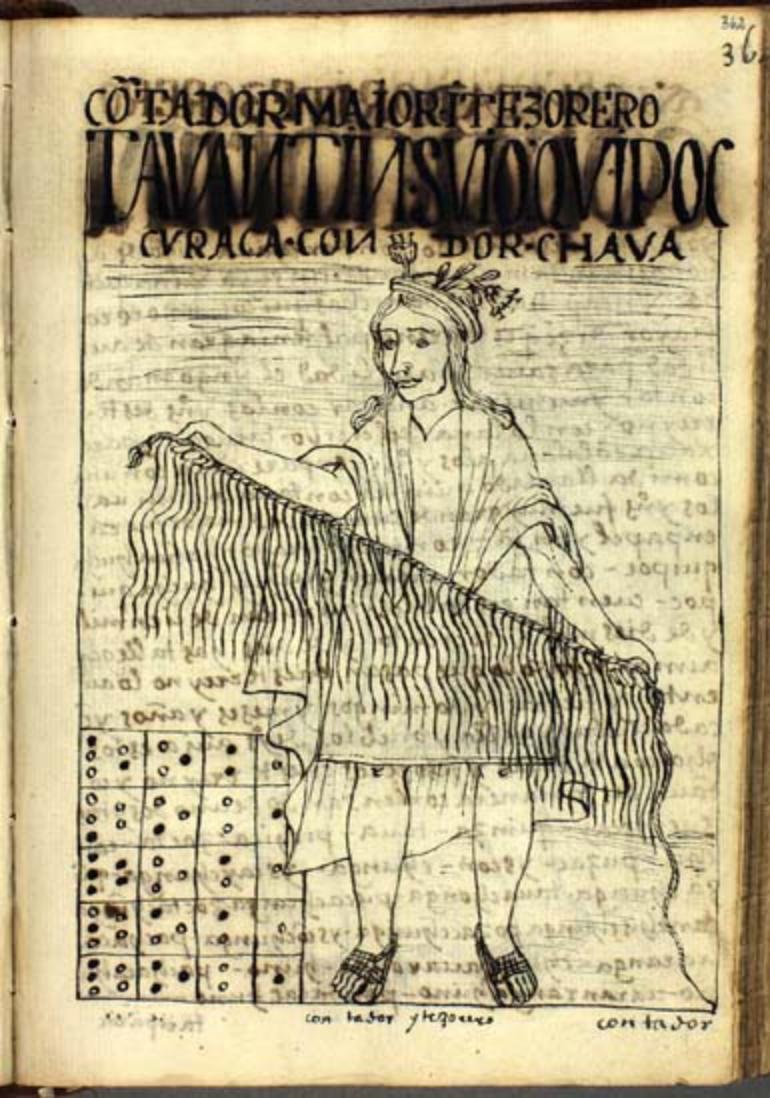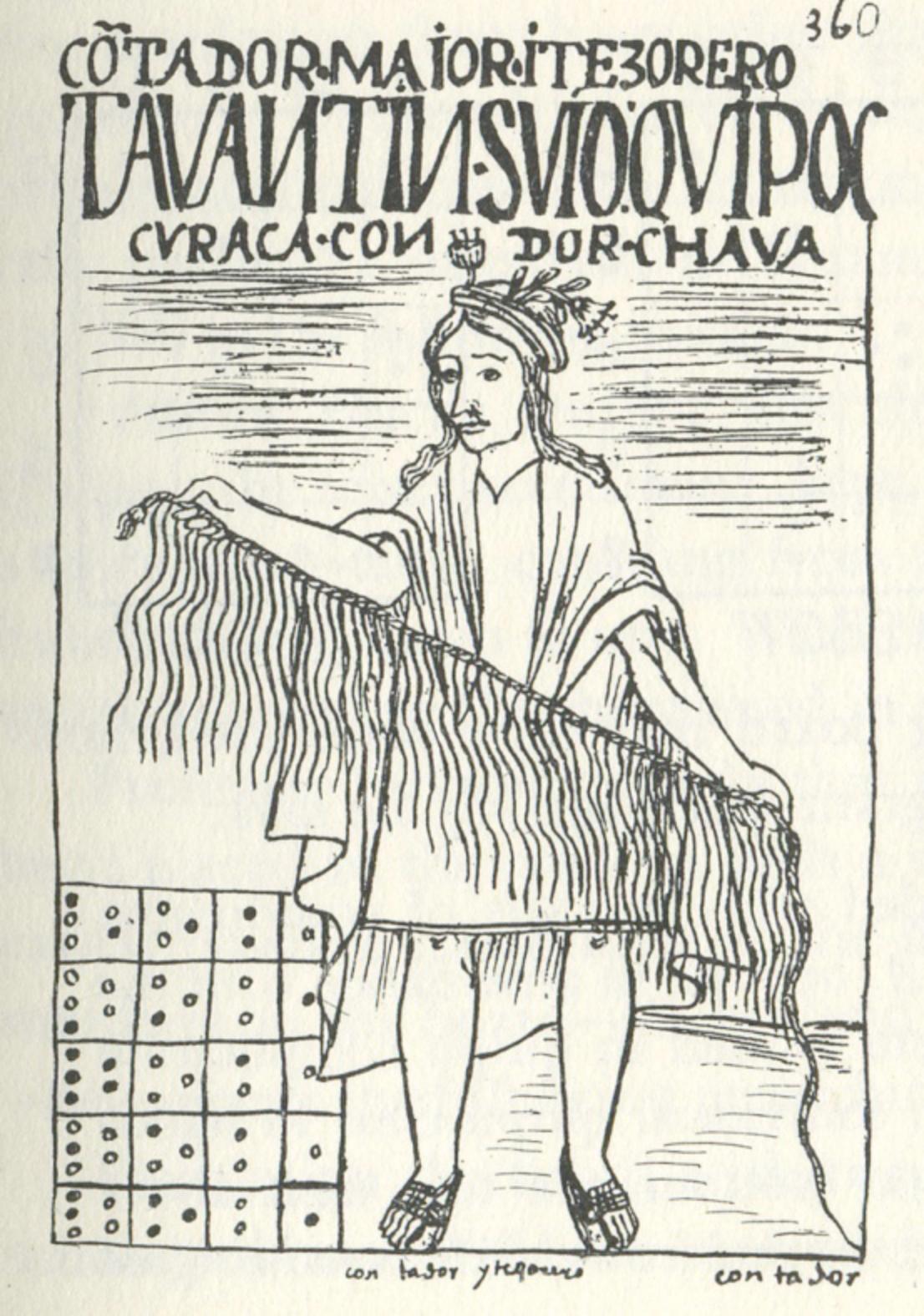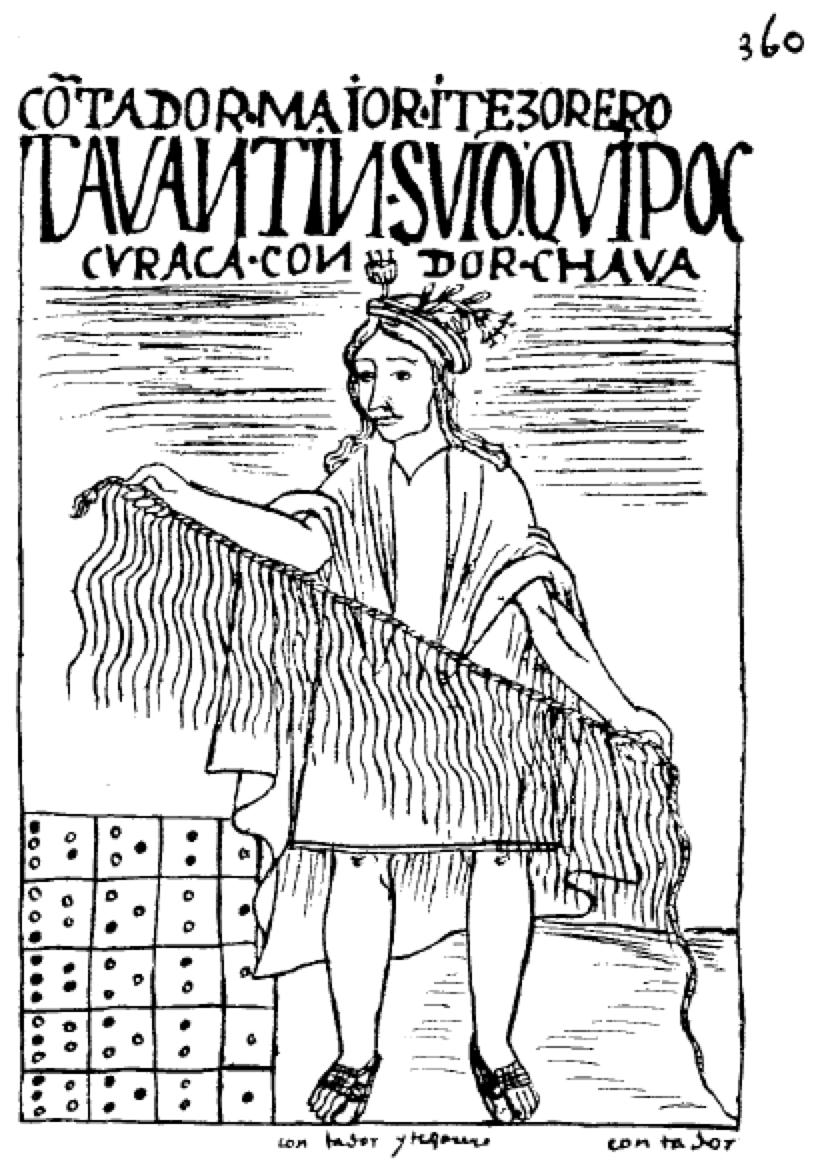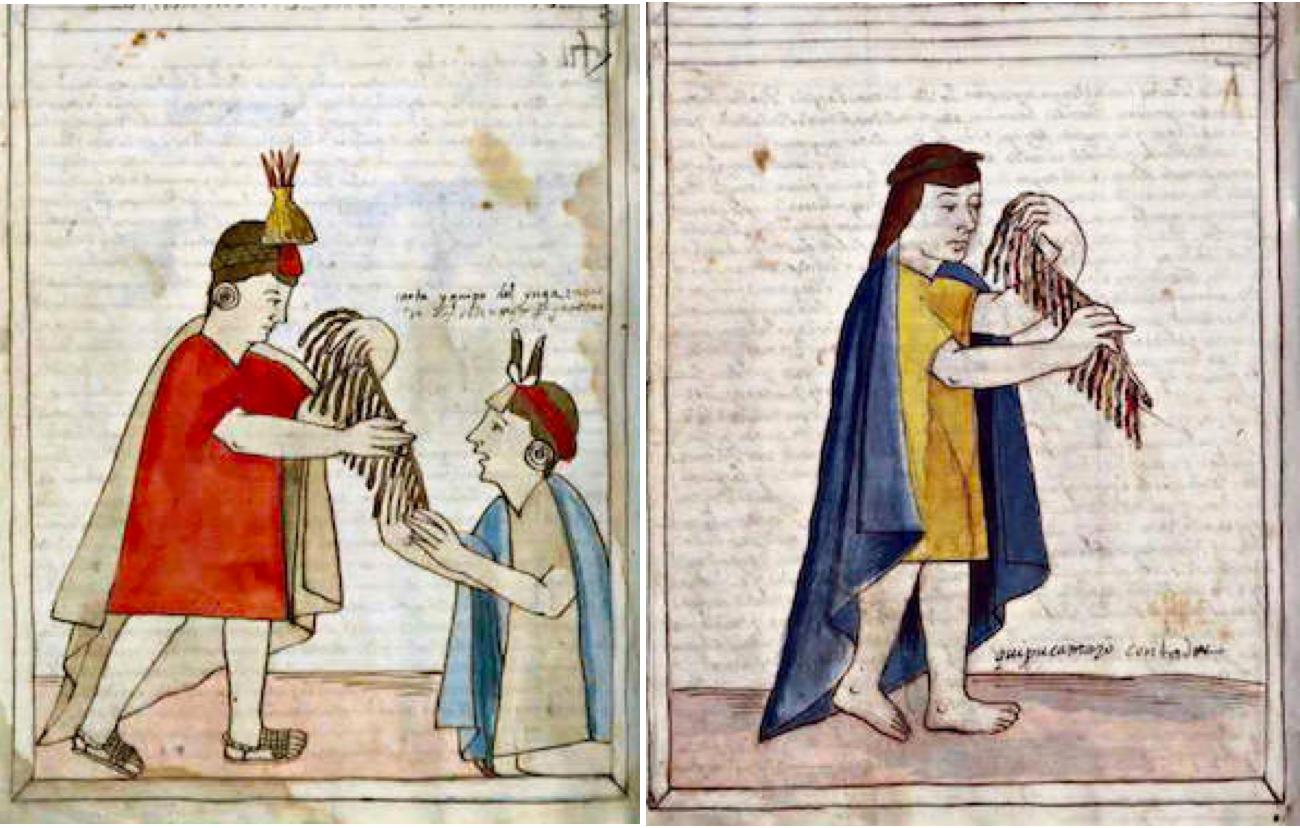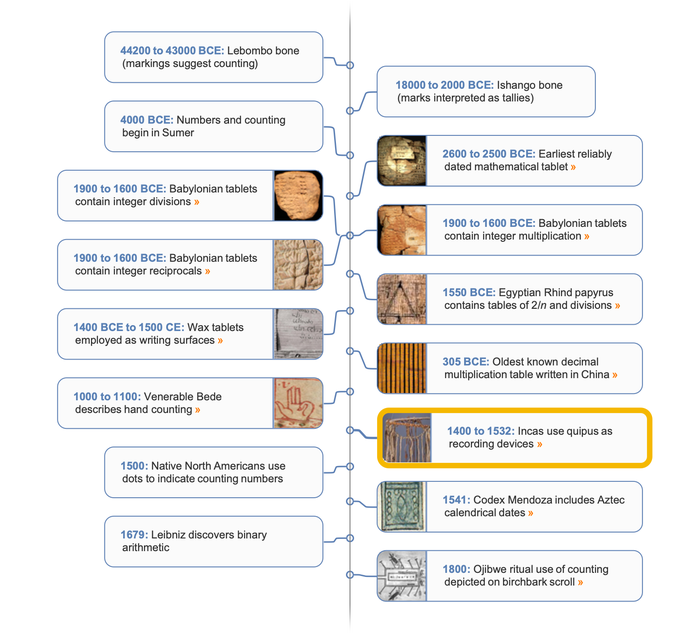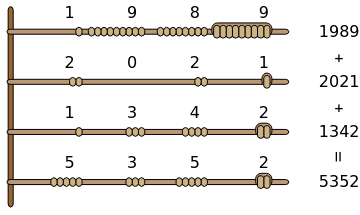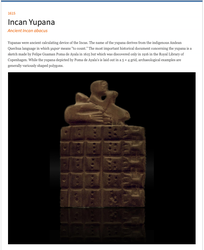around 1400–1532
South American Quipu
Knots upon knots to count and record
Also known as a khipu or quipo, a quipu is a recording device using ropes, strings and knots. Quipus were used in South America primarily during the Incan Empire to record numeric data and events. Sewn and twisted, a quipu consists of a top cord with several other cords descending (or ascending) from it. The descending cords are then carefully knotted and altered using different-colored strands or other fibers in order to record the numeric information. Each knot denotes a different numerical value: an e-knot or figure 8 knot is 8, a long knot is 2 to 9 depending on how often it is wrapped and a single knot is 10 or powers of 10. A group of knots can also stand for powers of 10, so 5 knots grouped together would represent 500.

Until the Spanish conquest of 1532, quipus were common in the Incan Empire. However, only an estimated one thousand quipus survive in museums and private collections. Dedicated researchers have been able to study various quipus to find similar ones and even duplicates. This work by mathematicians, archaeologists, computer scientists and textile preservationists has helped give a better understanding of how another culture counted and recorded data.
